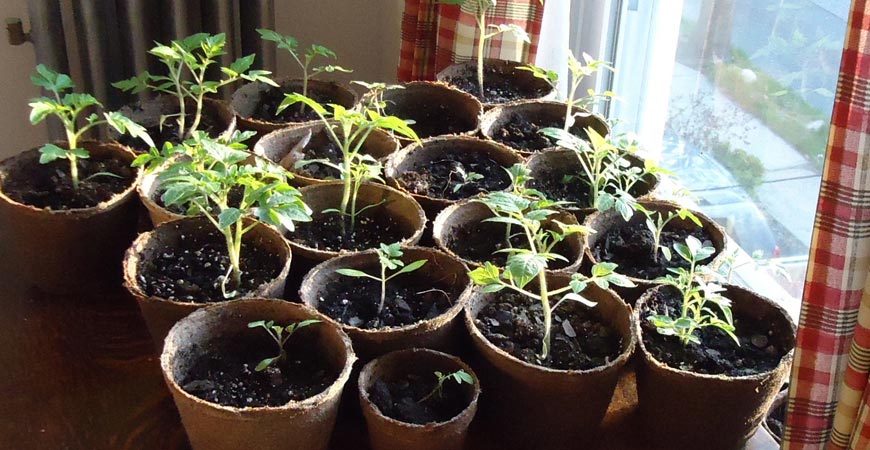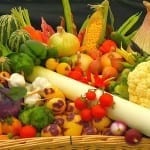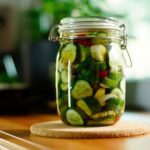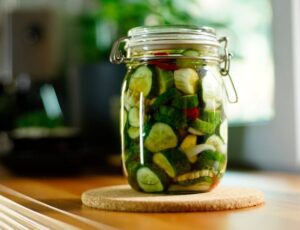
Growing from Seed for a Fabulous Vegetable Garden
Millions of Americans grow vegetables in home gardens to save money, eat healthy and enjoy the pride of growing a successful garden. You can buy vegetable plants at your local gardening store to start your garden, but growing your garden from seeds is a much less expensive way to grow loads of tasty vegetables.
Case in point: you can buy enough seeds to grow 20 heirloom tomato plants for less than half the average price stores charge for one heirloom seedling. If you’re willing to put in a little extra work, you can experience the excitement of seeing your first seedlings emerge from the soil and save lots of money simultaneously.
Of course, when to plant a garden is just as important as how to plant a garden, and planting seedlings is no different. The time it takes for seeds to grow into transplant-ready seedlings varies depending on the vegetable you’re planting.
Give your seeds enough time to grow into seedlings that will be ready for transplant soon after your area’s predicted last frost date, which is determined by which USDA hardiness zone you live in.
Here are three popular vegetables you can grow from seeds and when to plant them for the best results.
Tomatoes
Tomatoes are the most popular garden vegetable in the US. It’s easy to see why–hardy and easy to care for, home-grown tomatoes pack much more flavor than any store-bought varieties.
Plant seeds six to eight weeks before your area’s final predicted frost date to grow tomato seedlings; plant seeds six to eight weeks before your area’s last predicted frost date. Use soil-free potting soil and plant in containers with holes in the bottoms for good drainage.
Plant seeds near a sunny window, or use plant lights if an excellent sunny spot isn’t available. Transplant your seedlings to an area of your garden that receives full sun.
Onions
Gardening stores sell onion “sets,” those marble-sized onions you plant in the spring, so the onions have enough time to grow to a nice size by harvest time. As with tomatoes, it costs much less to skip the onion sets and head for the seed aisle.
As a bonus, you can expect larger onions from plants you grew as seedlings than onions you grow from sets. Plant your onion seeds 10 to 12 weeks before the last chance of frost.
Plant the seeds 1/4 to 1/2 inch deep, keep the potting soil moist, and trim the plant to about 4 inches tall before transplanting. Onions love the sun, so transplant your seedlings into an area where they will receive at least 6 hours of direct sunlight per day.
Cucumbers
Cucumbers are bushes or vines that produce a versatile veggie that’s good for sandwiches, salads, or pickles, depending on the variety of cucumbers you choose. You can plant cucumber seeds directly into your garden once the danger of frost has passed or start seedlings indoors ahead of time for an earlier harvest.
To grow cucumber seedlings, plant seeds indoors three to four weeks before the last frost. Sow two or three seeds per container in peat pots or peat pellets.
Once your plants have two to four true leaves, they are ready for transplant. Don’t wait too long to transplant, or your cucumbers will not do as well. Cucumbers grow well in areas of full sun or partial shade.
Is it time to harvest your vegetable garden? Click the link to learn more about harvesting summer vegetables.
photo by ParentingPatch












